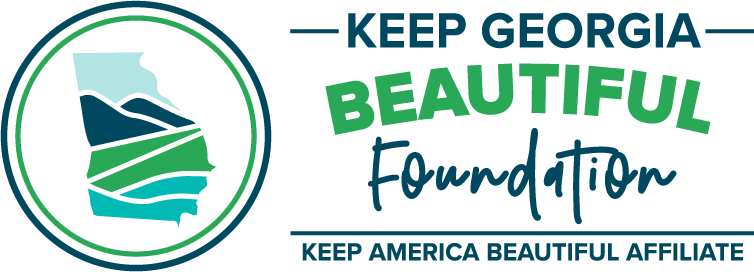Five Plants Georgia Pollinators Love
Have you ever wondered what you should place in your garden to attract butterflies, bees, hummingbirds, and more? Last year, we shared ten easy changes you can make to help our pollinator friends. This year, we wanted to give some specific planting tips. Check out our recommendations below to transform your outdoor space. We promise your yard or patio will be abuzz with beauty (pun intended), during #pollinatorweek and beyond.
1. Eastern Swamp Milkweed
This beauty is probably one of the best flowers you can plant to attract butterflies. It’s native to our area, which means it’s easy to maintain and beneficial to native insects, and it also provides nectar for bees and hummingbirds. It grows three to five feet tall and displays showy pink blooms from July through September. This variety of milkweed prefers moist, clay soil and plenty of sun, and should be in an area with room to grow—its windborne seeds and creeping roots make it easy for it to spread!
2. American Persimmon
This is another native plant to which bees and butterflies will flock. Persimmon trees grow up to 60 feet tall, and should be placed in sun to partial shade. They can thrive in dry to moist soil, and bloom for several weeks in late spring. If you have room for this handsome wonder in your yard, we’d go ahead and buy one. Not only do they provide nectar and pollen for pollinators, their fruit tastes delicious in preserves, baked goods, or fresh in a salad. Our mouths are watering already!
3. Sunflowers
Although common sunflowers like the ones pictured aren’t native to our state, they still benefit pollinators of all kinds. They thrive best in sun and dry clay, and depending on when you plant them and the variety you choose (both perennials and annuals are available), they will bloom anytime between the months of July and October. Nobody can deny how gorgeous their blooms look, and if you’re interested, you can ask your local gardening store about the availability of a native type called the hairy sunflower. A lemony yellow, they grow only six to nine inches tall, and contribute to the survival of native bees.
4. Phlox
Two types of phlox are native to Georgia: the hairy phlox and the Piedmont smooth flox. The former grows 12-15 inches tall and provides lavender blooms, and the latter grows to 36” and erupts in a show of pink flowers. Both varieties bloom from April through June and prefer shade to partial shade, and both attract butterflies and hummingbirds. These are some of the most attractive native plants we’ve seen. We recommend adding them to your pollinator garden as soon as possible!
5. Eastern Purple Coneflowers
Although echinachea purpurea remains native to only a few counties in Georgia, many people report that it performs better here than other varieties do. They bloom all summer long, prefer sun or part shade, and can thrive in a variety of soil types. Some of us at KGBF have these beauties in our own yards, and every time we walk outside, we see bumble bees crawling all over them! There’s nothing more rewarding, and to that we’ll add a fun fact: this plant’s genus name comes from the Greek word echinos, which means hedgehog. You should see the resemblance in the spiny brown center of the flower!
Although these five plants are some of our favorites, you’ll find plenty more options if you look! Check out this amazing resource for the Southeast from pollinator.org, which we used to help write this post. Browse it for plant traits, bloom periods, habitat hints, and more!






